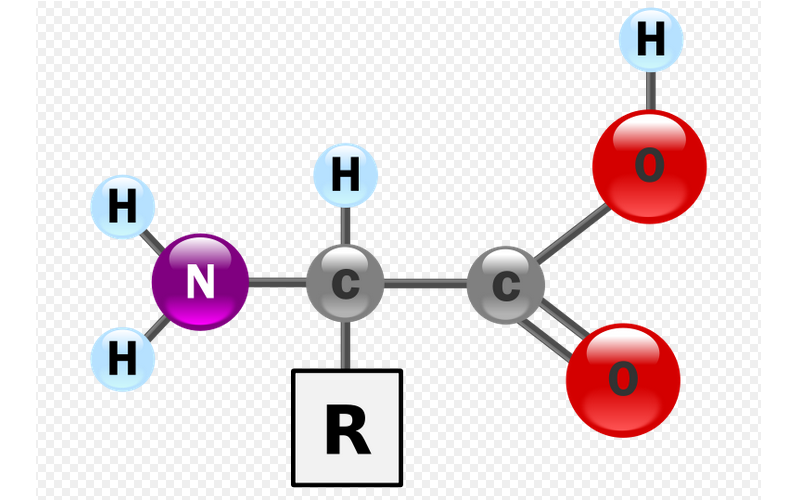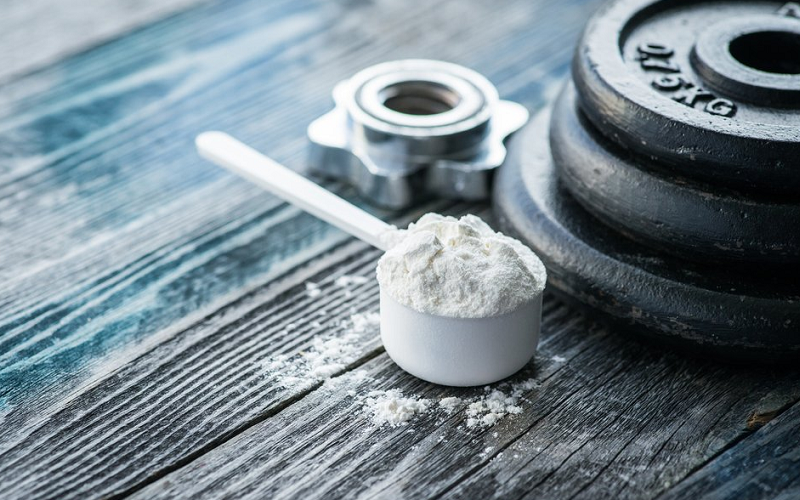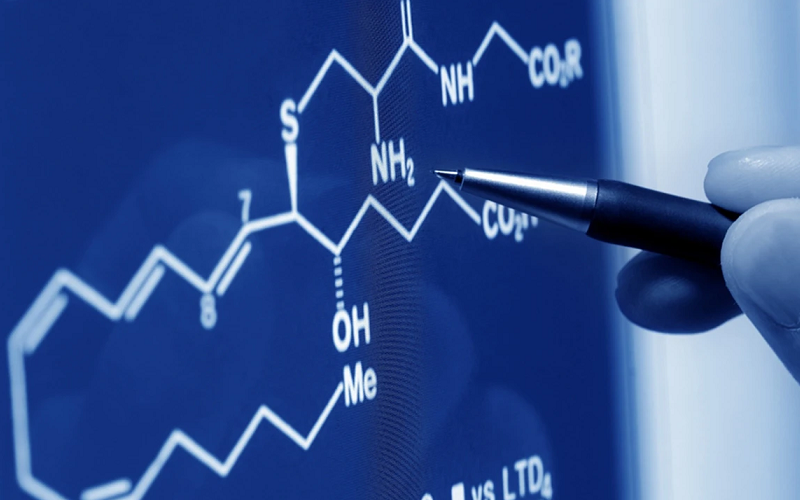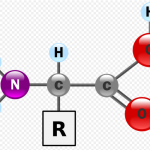Aging is the result of accumulated damage over time. Complicated interactions between biochemistry and physiology eventually lead to cellular damage that negatively affects tissues and organs, leading to disease and eventually death. Amino acids play a vital role in limiting and even reversing cellular damage, making amino acids important for those interested in the field of anti-aging.
Amino acids combine to form proteins — the building blocks of life. Amino acids play a crucial role in fighting free radicals and limiting cellular damage.
Amino acids elevate workout performance, speed up recovery, and help to build muscle. Amino acids are a type of antioxidants, and antioxidants are vital in the fight against aging.
The amino acid beta-alanine has been linked to numerous health benefits, such as improved exercise performance, reduced muscle fatigue, and powerful antioxidant properties.
Glutathione, produced from three amino acids, is the most abundant antioxidant in humans. Glutathione provides numerous health benefits, including several that fight aging.
Amino acids are best known for their role in acting as the building blocks of proteins. These are the L- forms of amino acids (such as L-tryptophan). There are also D- forms of the same amino acids. While most D-amino acids aren’t of use to humans, an exception is D-aspartic acid. This amino acid contributes to the production and release of hormones — testosterone in particular. This article is an FAQ that answers many of the most common questions about d-aspartic acid.
Acetyl-L-carnitine is an antioxidant made up of the amino acids lysine and methionine. It helps convert fat into cell energy, fights free radicals, improves physical and mental energy, and increases brain power, making it an ideal anti-aging supplement.
Each amino acid exists in two forms, an L-amino acid and a D-amino acid. You’ve probably only encountered the L- form, as in L-tryptophan and L-arginine, and never their partner forms D-tryptophan, D-arginine. Here’s why.











